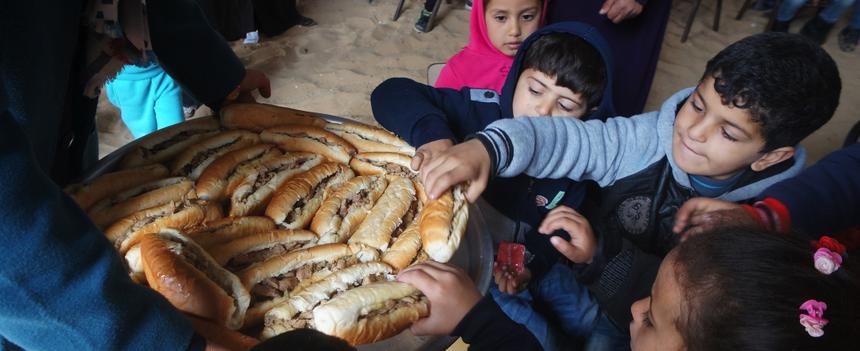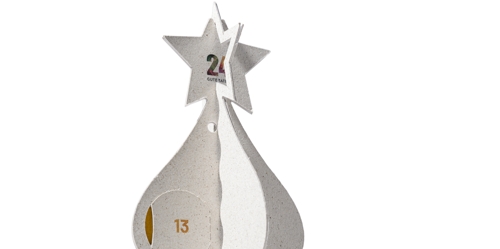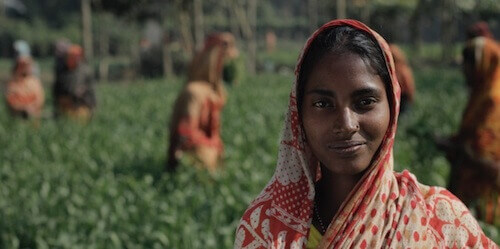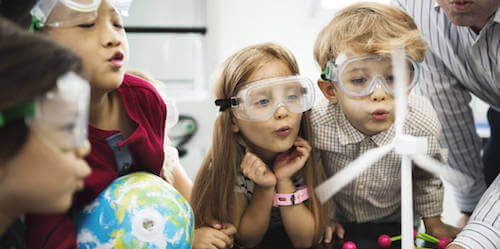 It is hard to learn on an empty stomach
It is hard to learn on an empty stomach
School meals for children in the Gaza Strip are having a threefold benefit
A kitten playing with a ball of steel wire in the midst of rubble. What sounds like a bizarre dream is in fact a graffiti in the Gaza Strip by the political street artist Banksy. But why a cat? His website provides the answer: he wanted to call attention to the destruction in the Gaza Strip, but these days all people look at on the Internet is cat videos. Another look at the reality in the Gaza Strip was to be seen in cinemas this spring. By way of an alternative to the common image of war and destruction, the film Gaza Surf Club showed a rarely seen part of everyday life in the Gaza Strip: surfing on the beach. In stunning images the film described how nice it could be here and that there are families living here with hopes and dreams who most of all have one wish: That their children should have a better life.
Necessity
School meals for children in the Gaza Strip.
Activity
Four schools buy food locally and hire a cook. Every day, she will prepare school meals for 660 children.
Countable effort
Number of school children in the Gaza Strip that get a daily meal.
Result
The health of the children improves, many of them only come back to school because of this.
Systemic effect
Improved educational opportunities for children in the Gaza Strip.
Background
Since the last war in 2014, many families in the Gaza Strip still live in the rubble left from countless destroyed houses. They have insufficient access to water. Many have to cook on open fires in the street because of many hours of power cuts every day. Even before the last Gaza war, research has found that one third of children are underweight for their age. Also, the Gaza Strip has the world’s highest unemployment rate, which results in many children having to contribute to the family income instead of going to school.
The good deed
And this is where our school meals come in: We are in cooperation with four schools run by small independent grassroots initiatives. For six days per week, the children are provided with a meal, which has a three-fold benefit: The school meals help to improve the health of the children; they can concentrate better and are more attentive to their lessons. And a third benefit is manifest: Regular school meals help to give many families one less thing to worry about: feeding their children. Thus many children are sent back to school just because of these school meals.
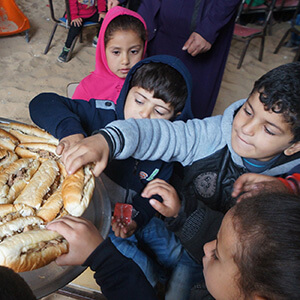
AboutPalestinian Territories
Ramallah
Capital
1 753 327
Number of inhabitants
4300
Gross domestic product per capita per year
114
Human Development Index
The refugee camps in the Gaza Strip have the highest population density of any place on Earth. The unemployment rate of 48 per cent is also the world’s highest.
About the organization and further information
Association
al omri - Kinderhilfe Palästina gemeinnütziger e.V.
Transparency International
